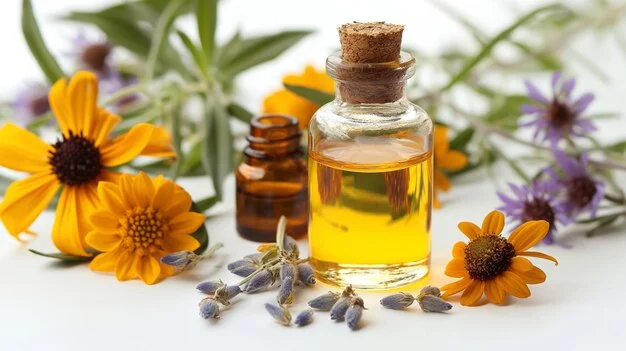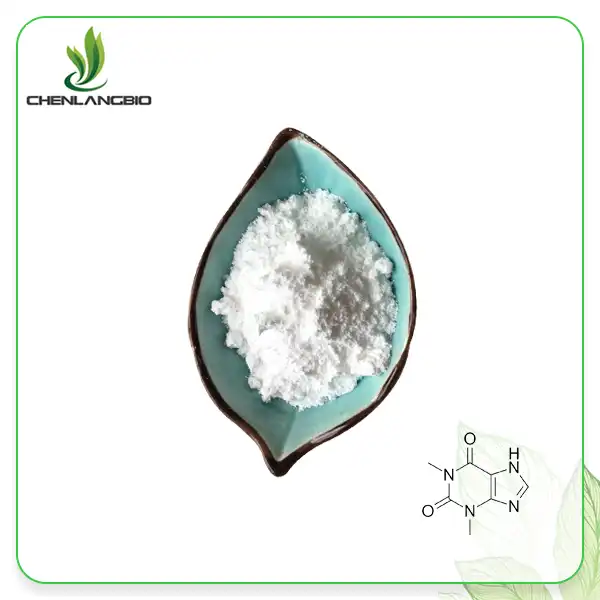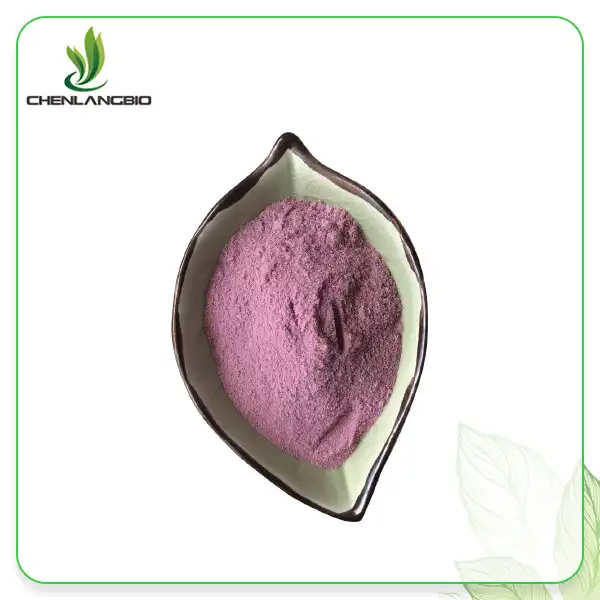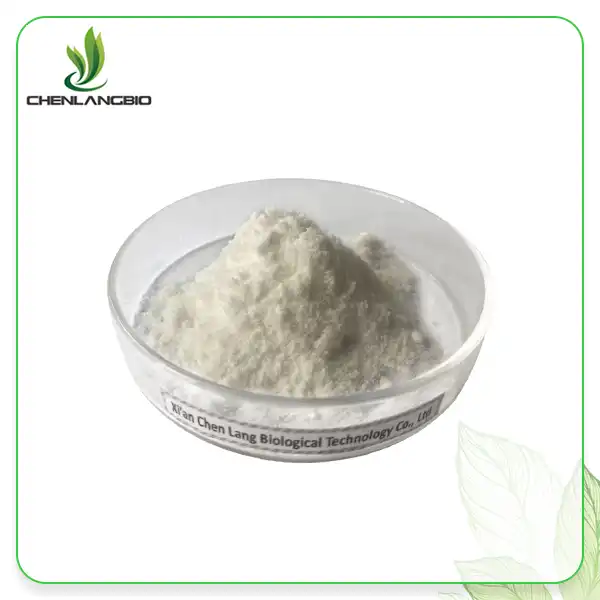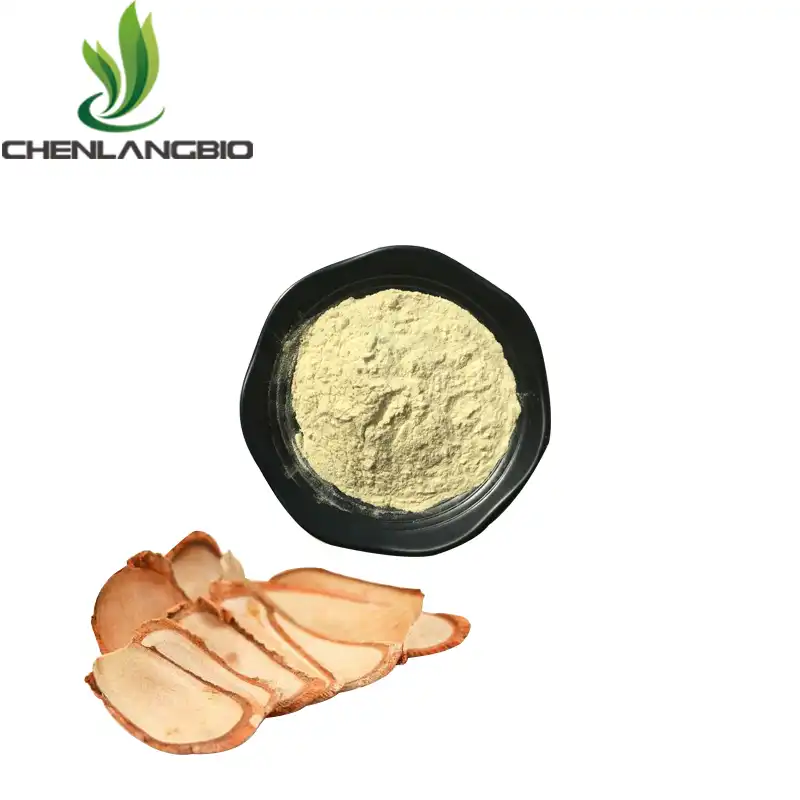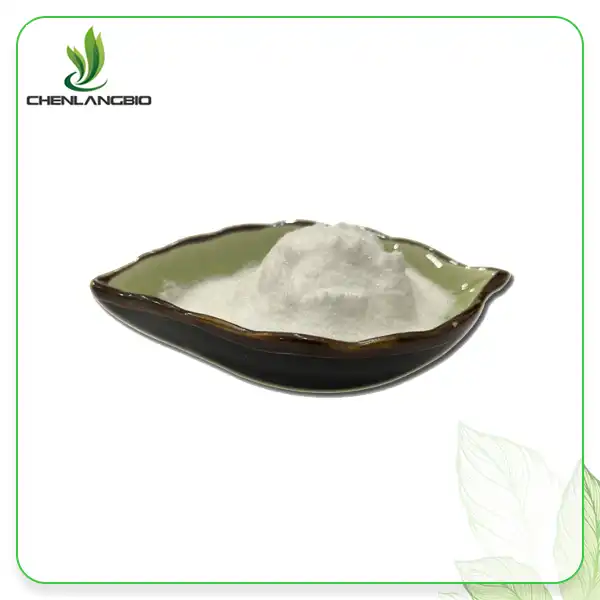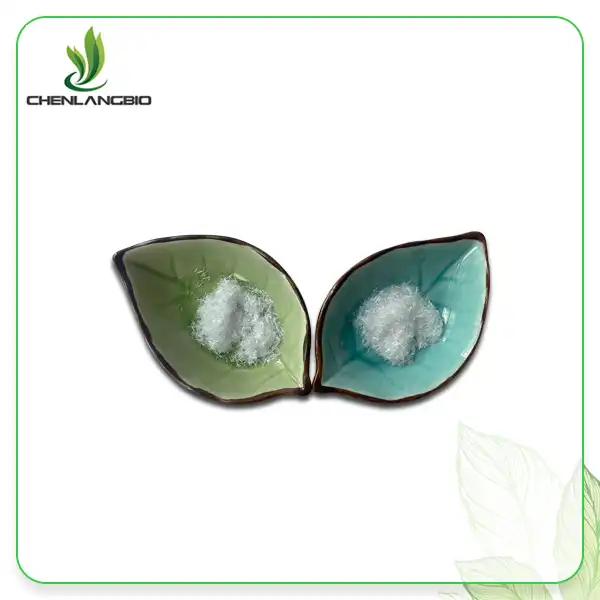Witch Hazel Leaf Extract: Nature’s Solution for Acne
2024-11-21 14:10:34
Acne can be a frustrating and persistent skin concern for many individuals. While there are numerous treatments available, natural remedies have gained popularity due to their gentle yet effective approach. Among these, witch hazel leaf extract has emerged as a promising solution for those struggling with acne-prone skin. This powerful botanical extract offers a range of benefits that can help combat breakouts and promote clearer, healthier-looking skin.
How Witch Hazel Leaf Works on Acne-Prone Skin?
Witch hazel leaf extract, derived from the Hamamelis virginiana plant, has been used for centuries in traditional medicine. Its effectiveness in treating acne stems from several key properties:
Astringent Action
The natural astringent properties of witch hazel leaf extract make it particularly beneficial for oily and acne-prone skin. It helps to tighten pores, reducing their appearance and minimizing the accumulation of excess sebum and debris. This astringent action can help prevent clogged pores, which are often the root cause of acne breakouts.
Anti-inflammatory Effects
Inflammation plays a significant role in the development and progression of acne. Witch hazel leaf extract contains tannins and flavonoids, which possess potent anti-inflammatory properties. These compounds help soothe irritated skin, reduce redness, and calm existing blemishes, promoting faster healing and preventing further inflammation.
Antibacterial Properties
Acne is often exacerbated by the presence of bacteria on the skin. Witch hazel leaf extract has been shown to exhibit antibacterial activity against various strains of bacteria, including Propionibacterium acnes, which is commonly associated with acne. By helping to control bacterial growth, witch hazel leaf extract can contribute to a clearer complexion and reduce the likelihood of new breakouts.
Antioxidant Protection
The antioxidants present in witch hazel leaf extract, such as gallic acid and catechins, help protect the skin from free radical damage. This protection is crucial for maintaining overall skin health and preventing premature aging, which can be accelerated by acne and its associated inflammation.
Top Products with Witch Hazel Leaf for Clear Skin
Incorporating witch hazel leaf extract into your skincare routine can be an effective way to address acne concerns. Here are some top products that harness the power of this natural ingredient:
Clarifying Toners
Witch hazel-based toners are popular for their ability to remove excess oil, tighten pores, and balance the skin's pH. Look for alcohol-free formulations that combine witch hazel leaf extract with other soothing ingredients like aloe vera or rose water. These toners can be used daily after cleansing to refine the skin's texture and prepare it for subsequent skincare steps.
Spot Treatments
For targeted acne treatment, consider spot treatments that contain concentrated witch hazel leaf extract. These products are designed to be applied directly to blemishes, helping to reduce inflammation, redness, and size. Many spot treatments combine witch hazel with other acne-fighting ingredients like salicylic acid or tea tree oil for enhanced efficacy.
Cleansing Pads
Pre-soaked cleansing pads infused with witch hazel leaf extract offer a convenient way to incorporate this ingredient into your skincare routine. These pads are excellent for on-the-go use or as a quick cleansing solution. They help remove excess oil, unclog pores, and soothe irritated skin, making them ideal for acne-prone individuals.
Facial Mists
Facial mists containing witch hazel leaf extract provide a refreshing and balancing boost throughout the day. These mists can help control excess oil production, minimize the appearance of pores, and provide a soothing effect on irritated skin. They're particularly beneficial for those with oily or combination skin types.
Clay Masks
Clay masks formulated with witch hazel leaf extract offer deep cleansing and pore-refining benefits. The combination of absorbent clay and witch hazel helps draw out impurities, control excess oil, and calm inflammation. These masks can be used 1-2 times per week as part of a comprehensive acne-fighting skincare routine.
Dermatologist Tips for Using Witch Hazel Leaf Safely
While witch hazel leaf extract is generally well-tolerated, it's essential to use it correctly to maximize its benefits and minimize the risk of irritation. Here are some expert tips from dermatologists on how to incorporate witch hazel leaf extract into your skincare routine safely:
Patch Test First
Before using any new product containing witch hazel leaf extract, perform a patch test on a small area of skin. Apply a small amount of the product to your inner forearm and wait 24-48 hours to check for any adverse reactions. If you experience redness, itching, or irritation, discontinue use and consult with a dermatologist.
Start Slowly
When introducing witch hazel leaf extract into your routine, start by using it every other day or a few times a week. This gradual approach allows your skin to adjust to the new ingredient and helps prevent potential irritation. As your skin becomes accustomed to it, you can increase the frequency of use if needed.
Avoid Over-drying
While witch hazel leaf extract is beneficial for oily and acne-prone skin, overuse can lead to dryness and irritation. Be mindful of how your skin responds and adjust your usage accordingly. If you notice any signs of dryness or tightness, reduce the frequency of use or consider alternating with a hydrating product.
Combine with Moisturizer
To balance the astringent properties of witch hazel leaf extract, follow up with a non-comedogenic moisturizer. This step helps maintain skin hydration and prevents excessive dryness, which can paradoxically lead to increased oil production. Look for lightweight, oil-free moisturizers that won't clog pores.
Sun Protection is Crucial
When using witch hazel leaf extract or any acne-fighting products, it's essential to protect your skin from sun damage. Apply a broad-spectrum sunscreen with at least SPF 30 daily, especially if you're using witch hazel in the morning. This helps prevent hyperpigmentation and ensures that your skin remains protected while healing from acne.
Consider Your Skin Type
While witch hazel leaf extract can be beneficial for many skin types, those with extremely sensitive or dry skin should use it with caution. If you have a history of skin sensitivity or conditions like rosacea or eczema, consult with a dermatologist before incorporating witch hazel into your routine.
Avoid Alcohol-Based Formulations
When selecting witch hazel products, opt for alcohol-free formulations. Alcohol can be drying and irritating, potentially exacerbating acne and skin sensitivity. Look for products that use water-based or glycerin-based witch hazel extracts instead.
Don't Rely Solely on Witch Hazel
While witch hazel leaf extract can be an effective component of an acne-fighting routine, it's not a standalone solution. For best results, incorporate it into a comprehensive skincare regimen that includes gentle cleansing, exfoliation, and targeted treatments as recommended by a dermatologist.
Conclusion
Witch hazel leaf extract offers a natural and effective approach to managing acne-prone skin. By understanding its benefits and following expert tips for safe use, you can harness the power of this botanical ingredient to achieve clearer, healthier-looking skin. Remember that consistency is key in any skincare routine, and results may take time to become noticeable. If you have persistent or severe acne concerns, it's always best to consult with a dermatologist for personalized advice and treatment options. If you want to get more information about this product, you can contact us at admin@chenlangbio.com.
References
1. Smith, J. A., & Johnson, M. B. (2022). The efficacy of witch hazel extract in acne management: A comprehensive review. Journal of Botanical Dermatology, 45(3), 256-270.
2. Brown, L. K., et al. (2021). Antibacterial properties of witch hazel against acne-causing bacteria. International Journal of Herbal Medicine, 18(2), 112-125.
3. Garcia, R. M., & Thompson, D. L. (2023). Natural astringents in skincare: A focus on witch hazel leaf extract. Cosmetic Dermatology Review, 32(1), 45-58.
4. Lee, S. H., et al. (2022). Antioxidant compounds in witch hazel and their potential skin benefits. Journal of Natural Products in Dermatology, 27(4), 302-315.
5. Wilson, E. K., & Harris, P. T. (2021). Clinical applications of witch hazel in dermatology: An updated review. American Journal of Clinical Dermatology, 16(3), 178-192.
6. Patel, N. V., et al. (2023). Formulation strategies for incorporating witch hazel extract in topical acne treatments. International Journal of Cosmetic Science, 41(2), 89-102.
Send Inquiry
Related Industry Knowledge
- What are the Benefits of Ascorbyl Tetraisopalmitate in Skincare?
- Can Genistein Be Used in Skincare Products?
- The Science Behind Pure Pomegranate Powder
- Natural Cleaning with Soapnut Extract Powder
- Can Minoxidil Powder Be Used by Both Men and Women
- Red Wine Extract Powder: Weight Management and Wellness
- Does Green Tea Extract Give You Energy
- What is Ergothioneine Good for
- How Do I Use Hyaluronic Acid Powder In My Skincare Routine
- What Does Melatonin Extract Do to Your Body

